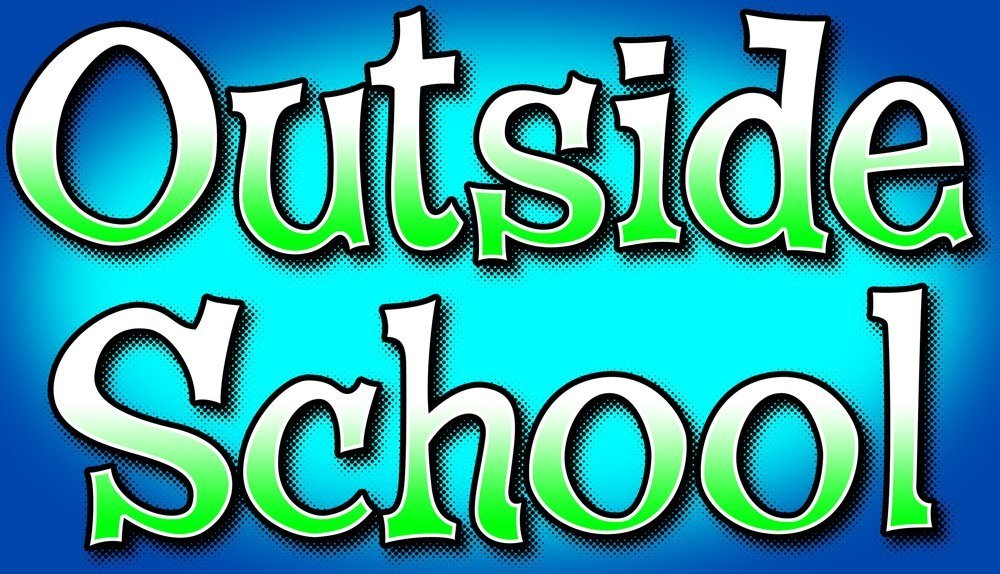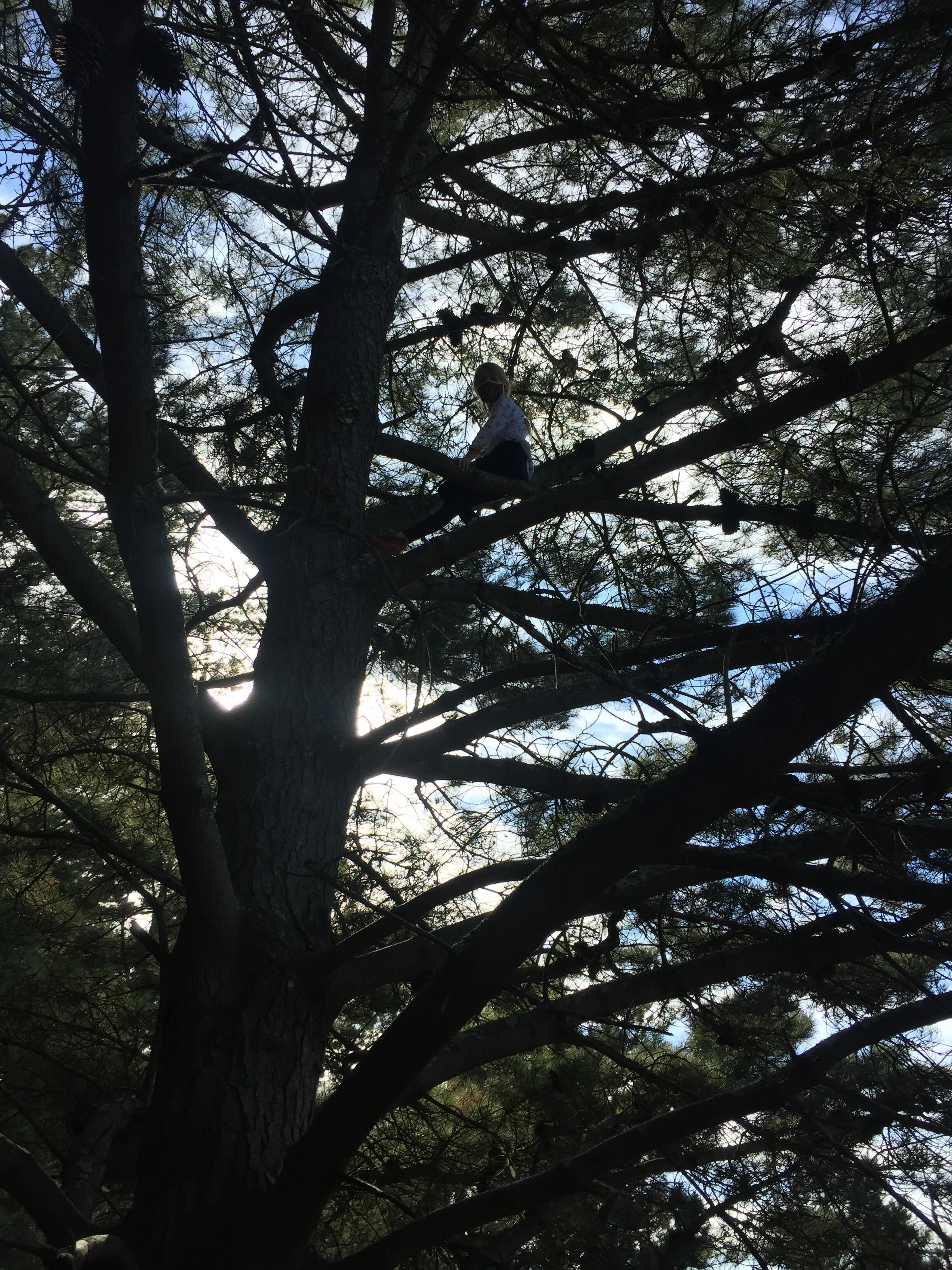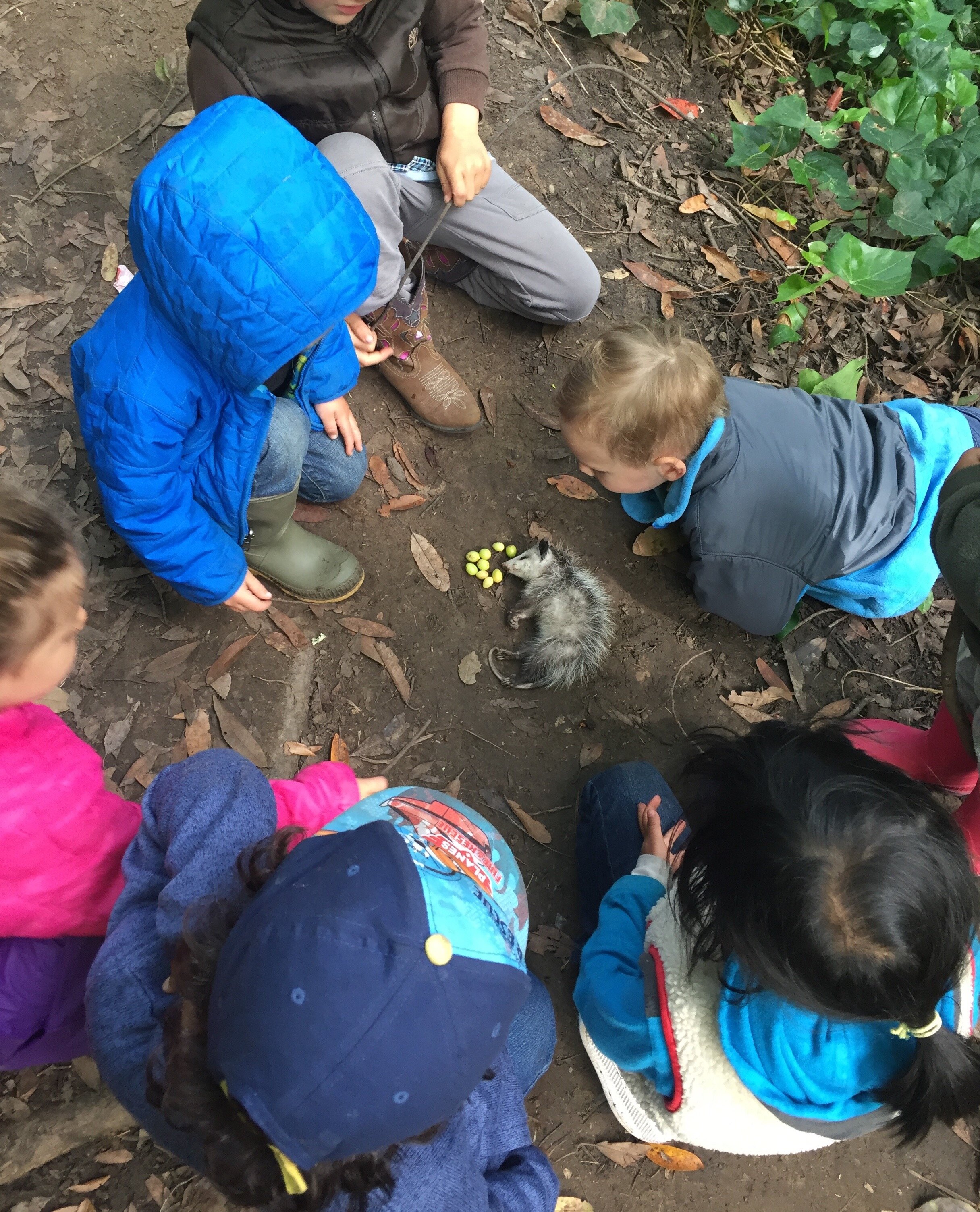Transformative Education in the OUtdoors - Promoting Freedom and Choice in Early Childhood
Zoom presentation for students and faculty at San Francisco State University, December 8, 2020.
Who I am, my organization and school:
-Became an early educator in 2002 as a second career after work stress and 9/11 made me realize a bureaucratic lifestyle was not for me.
-Started teaching full time outdoors in 2007 as a garden teacher.
-Teach Outside as a web resource, Outside School as an afterschool program.
-Had to sub sometimes in the afternoons and realized I never wanted to teach indoors again.
-Became a forest school teacher in 2015.
-Started Outside School as its own program in 2018 but began teaching in 2019 due to permit processes.
Example: Worm lesson plan.
“Uncertain times require personal responsibility, independence of thought, self-initiative, self-assertion, flexibility, creativity, imagination, and willingness to take risks.” -P. Gray (2013)
Me, in the wild (Wildcat Canyon Regional Park).
Me, in the wild (Wildcat Canyon Regional Park). (Child’s documentation.)
From Fear to Freedom: Risk and Learning in a Forest School
Learning Science through Nature - Key Elements
· Learning science through exploration and discovery in forest schools,
· Life cycles, seasons, ecosystems, and microclimates,
· Animal habitats,
· Decomposition and plant growth,
· Content knowledge and understanding that emerges from long-term, repeated exposure to a large, child-accessible, natural areas,
· Tool use and risk-taking in nature.
Inquiry, Documentation, and Reflection - Key Elements
· Use of a cycle of inquiry system (Broderick and Hong),
· Use of photographs, videos, and notes to reflect and write about each day’s nature activities,
· Children taking their own photographs for documentation and reflection,
· Recording children's conversations via written notes, audio-taping, and videotaping,
· Collecting and examining found objects and artifacts,
· Children and I consult field guides and other nature resources for information and inquiry collaboration.
(Taylor, H. (2020). From fear to freedom: Risk and learning in a forest school. In D.R. Meier & S. Sisk-Hilton (Eds.). Nature education in early childhood education: Integrating inquiry and practice (2nd Ed.), pp. 200-218. New York: Routledge.)
Taylor, H. (2019). From fear to freedom: Risk and learning in a forest school. Voices of Practitioners, vol. 14.
I agree with Bernard Spiegal (2017) that children:
“... Want and need to take risks. They do this ‘naturally’ in the sense that, left to their own devices, they seek out and create encounters that carry degrees of risk or uncertainty. This process of risk-taking necessarily entails exploration, discovery, and learning- about oneself, one’s capabilities, and the wider world. To take a risk is to assert one’s autonomy and power of agency. It is to learn by doing that actions have consequences. It is an aspect of moral education. Play and risk-taking are creative acts.”
… Creating assemblages of natural objects and found items,
… Finding animals (Lowrey and Tenggren, 2007),
… Or creating body art.
… Shared food on a child-created fire,
… Young chefs.
The value of nature education for young children and families in general:
-Richness in experience,
-Tired, dirty, healthy kids,
-Teaching without fences, building trust,
-Resilience, problem-solving, language,
-Fresh air, exercise, freedom, space… And time and space from their kids!
-“Freedom” under supervision. Ersatz version of what we in the 70’s grew up with.
Example: Children are zooming and families are providing photos to their teachers. They feel joyful at knowing about these experiences.
Playing “sleep.”
The value of nature education now during COVID:
-Play is largely the same.
-Seeing the wide world outside the home.
-Enriches school experiences through movement, socialization, and natural learning.
Example: Seeking health and balance for myself and others.
Playing with roly polies before COVID...
… Playing with roly polies during COVID.
Fishing before COVID… Homemade fish hook with “found natural objects”...
… Using the fish hook...
… Fishing during COVID.
The value of nature education now during COVID:
-Respite.
-Schedule/routine = “normalcy.”
-Low levels of transmissibility.
-Not having to send kids to kindergarten.
-Talking about equitable access to nature.
Being together or finding time alone, hard work, and shared goals.
Examples of what I’m doing with the children outside:
-Voting/democratic process.
-Teacher freedom- I’m not needed! Remind about mealtimes and when we need to head out. Lots of choices (e.g. when we need to go on which particular path, up to the kids’ decision). I provide structure, but that’s it.
-Attempts at physical distancing. Wearing masks all the time, unless eating and drinking, having washed hands or put on hand sanitizer first. Reading body language as opposed to facial expression. Diaphragmatic speaking through masks.
-Hiking, climbing, carving, noticing, games, stories.
Example:
Me: “There’s no telling what each day will bring and I wouldn’t have it any other way.”
Ben Aronoff: “Right on the button...keepin' it fresh keeps the door open to learning...on both sides of the ‘report card.’”
Democracy in action.
Not a lot of teaching supplies...
Swings, oak trees, cows...
… And coyotes!
Teach Outside - Newsletter Link
-Monthly newsletter- review of quotes, photos, videos, sent emails. My latest is here:
How I use teacher inquiry and reflection in order to understand children's nature education involvement and growth:
-Guide on the side, not the sage on the stage.
-Daily documentation- quotes, photos, videos, sent emails. Documentation is essential!
-Website changes over time. Example is the “Rocks and Sticks” page, which covers the time I was in the garden vs. now at Outside School (https://www.teachoutside.org/rocks-and-sticks).
-Turn into narrative approach in describing and reflecting.
Example: Death as a long term project, and I’m not really sure where it will go.
Enjoying a wet walk after a father has died.
“Feeding” a dead opossum we found on the trail.
I always cry when I read.
Found intestines.
Lizard dissection. It was a pregnant female. (Child’s documentation.)
“I’m watching the turkey vulture. Wait! Maybe it thinks I’m dead!”
Envisioning early childhood settings utilizing an integrated nature education post COVID:
-Envisioning the post-apocalyptic world.
-Smaller groups.
-Greater awareness/recognition therapeutic value/long-term for children, families, and teachers.
-Evidence is ever-increasing that we need to be spending more time outdoors. Here’s a lovely article:
https://www.rei.com/blog/news/a-dose-of-the-outdoors
-Value for physical development, social-emotional development, and a deeper understanding of curricular goals.
-Make a point of spending time outside and getting fresh air. Scheduling it in.
-Good feelings.
Example: “Look where I am now!” “Wow! You must be gaining a lot of confidence!” “I’m losing it, actually.” “Oh? Let me move myself over and I’ll see if I can help.” Offered guidance on getting down, she found better ways, skipped and leapt once she got down, feeling proud and much more confident in her abilities.
So high!
The work you do with children will come back around!
Example: Me and my Go Climb a Rock shirt.
Useful Resources
Broderick, J. T., & S. B. Hong. 2011. “Introducing the Cycle of Inquiry System: A Reflective Inquiry Practice for Early Childhood Teacher Development.” Early Childhood Research and Practice 13 (2).
Fjørtoft, I. 2001. “The Natural Environment as a Playground for Children: The Impact of Outdoor Play Activities in Pre-Primary School Children.” Early Childhood Education Journal 29 (2): 111-117.
Forest School Canada. 2014. Forest and Nature School in Canada: A Head, Heart, Hands Approach to Outdoor Learning, ed. C. Den Hoed. Canada: Forest School Canada.
Fritz, R. W., & D. Sobel. 2016. “The Challenge of Transplanting the European Forest Kindergarten to North America.” In Nature Preschools and Forest Kindergartens: The Handbook for Outdoor Learning. Saint Paul: Redleaf Press.
Goodall, J., & G. Hudson. 2014. Seeds of Hope: Wisdom and Wonder from the World of Plants. New York: Grand Central Publishing.
Kyttä, M. 2004. “The Extent of Children’s Independent Mobility and the Number of Actualized Affordances as Criteria of a Child-Friendly Environment.” Journal of Environmental Psychology 24: 179-198.
Maynard, T. 2007. Forest Schools in Great Britain: An Initial Exploration. Contemporary Issues in Early Childhood. 8 (4): 320-331.
Laws, J. M. 2007. The Laws Field Guide to the Sierra Nevada. Berkeley: Heyday.
By Heather Taylor, teachoutside@gmail.com. If you’re interested in viewing the Zoom recording, please be in touch as well. You are welcome to share all materials with credit to Heather.






























